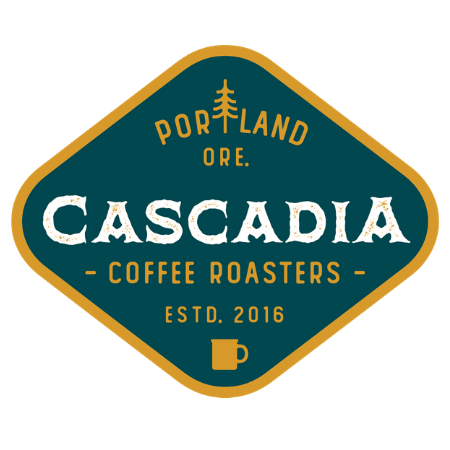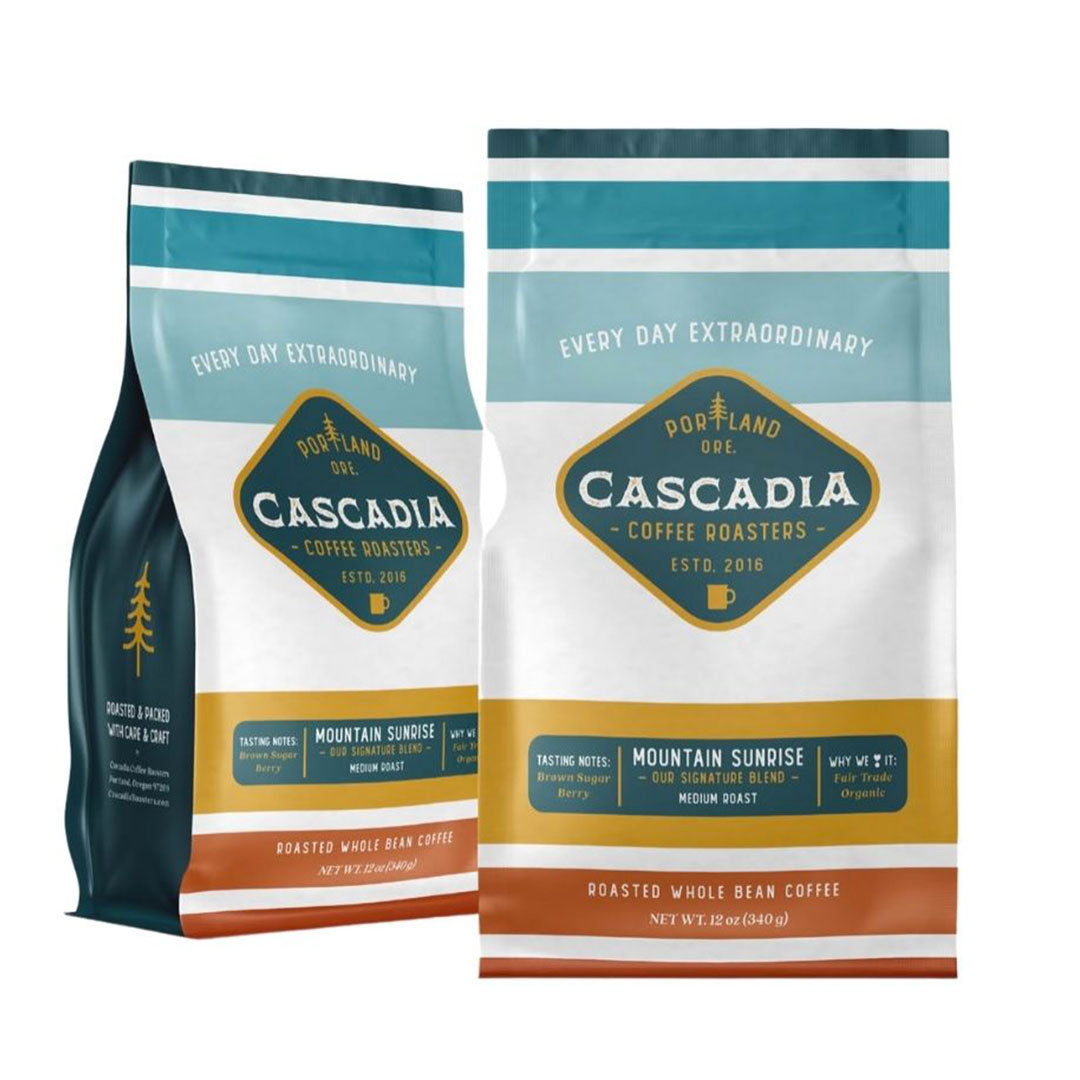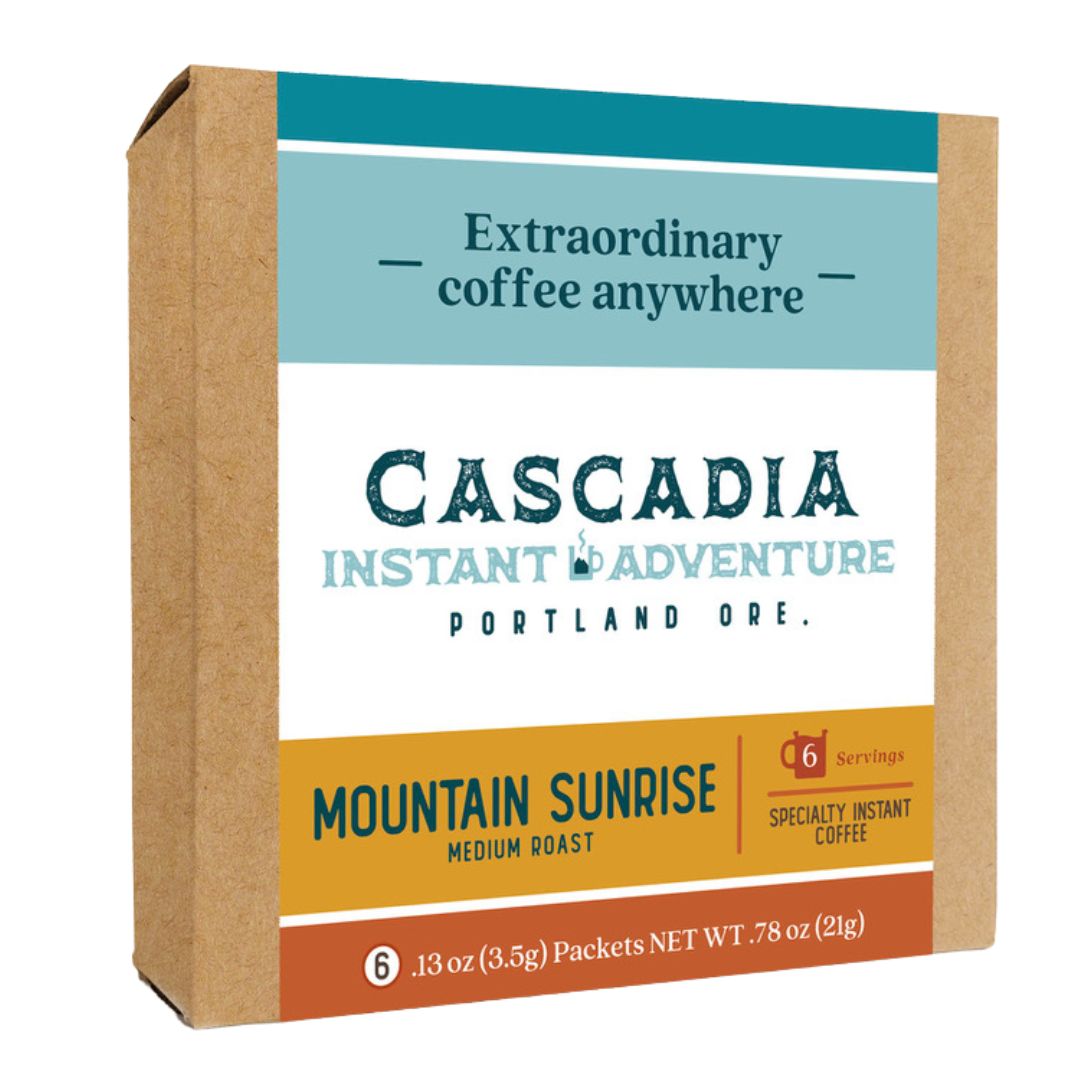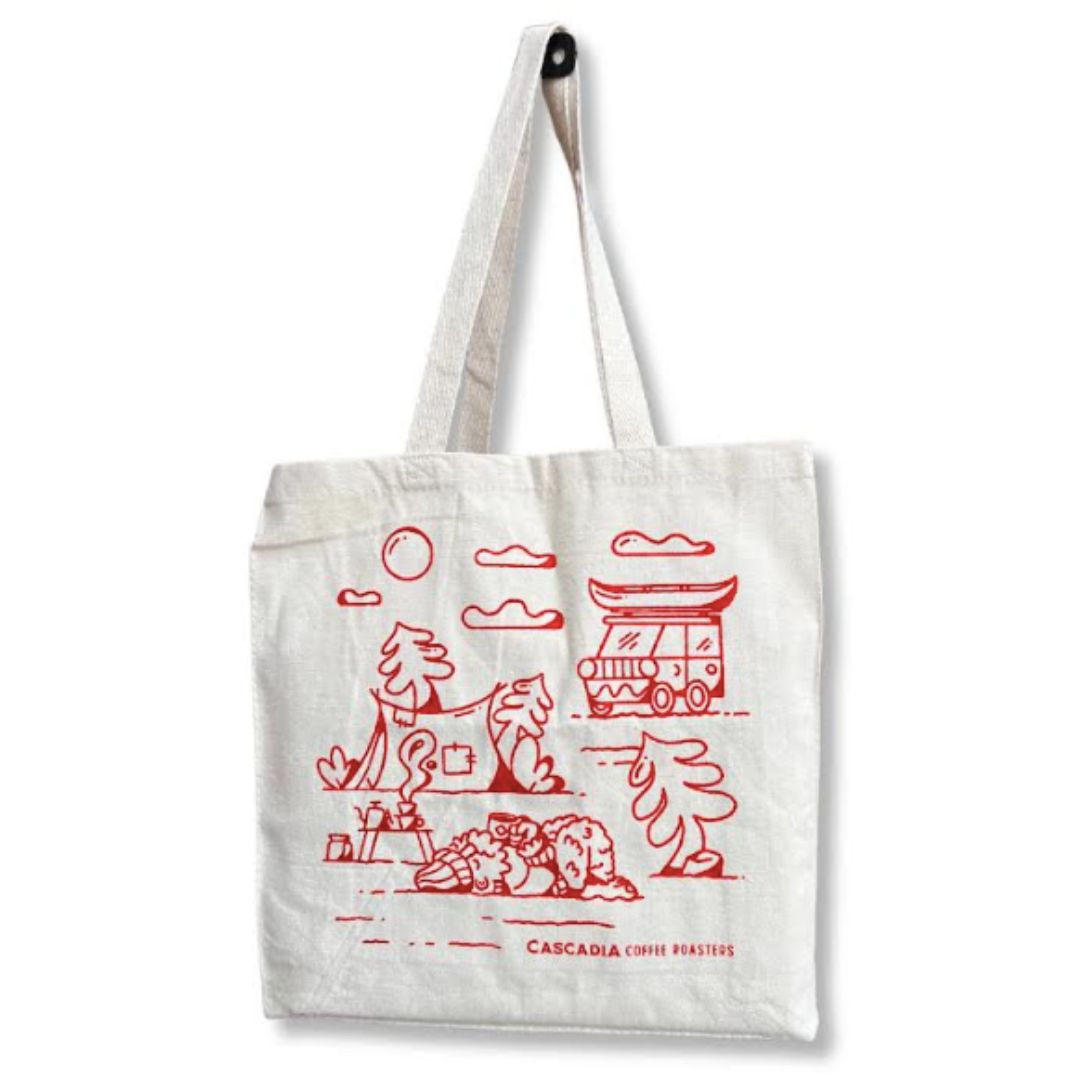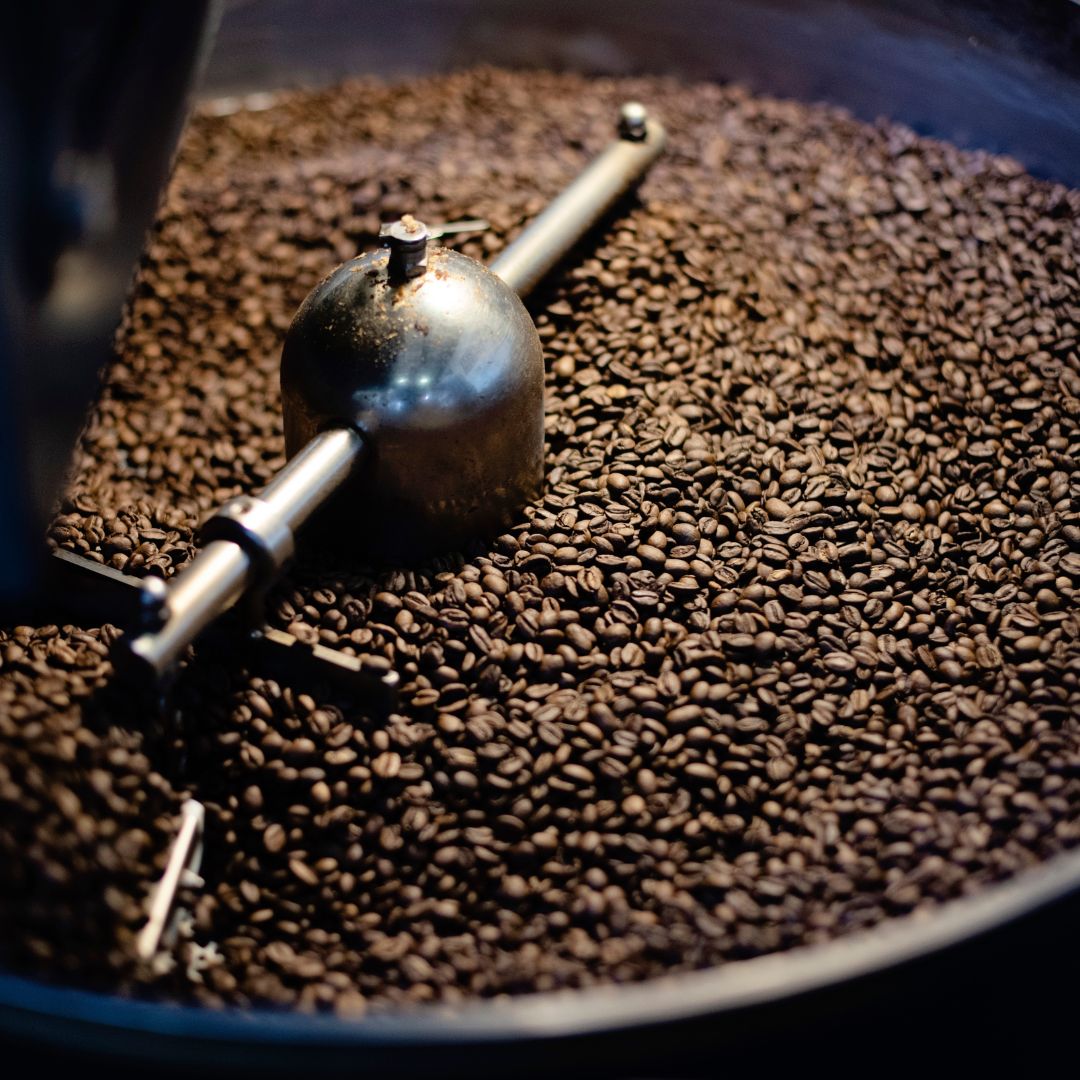This is a question we get quite often from online customers.
The simple answer….Yes!
However, the questions is a bit of a rabbit hole of information to really answer that question.
In the 90’s it was rather common while shopping for coffee to see an “Espresso” blend on the shelf. This communicated a bit of a misnomer as “Espresso” is not a blend or roast profile, but a method for making coffee.
All coffee can be brewed as espresso…but don’t stop reading here!
When a company identifies something as an “Espresso Blend” it merely means “this is the way we love to make espresso.”
At Cascadia we blended our medium roast Mountain Sunrise as our “Signature Espresso” as our preferred coffee we use for espresso as well as for our cafe customers for whom we provide coffee. This does not mean that it can only be used for espresso- it makes a fantastic brew in ALL brewing methods- nor does it mean it is our only coffee fit for espresso. It merely means that we blended it specifically for use at our cafes for an espresso that works with the drinks on our menu. When extracted correctly, you get an electric shock of berry-like acidity that shoots down the sides of your tongue that quickly mellows into a chocolaty coffee flavor that leaves your mouth wanting more!
Single origin coffees, blends, light roasts, medium roasts, and dark roasts can all make great espresso. However each of them require a bit of a different hand when it comes to pulling shots.
Medium roasts(whether blend or single origin) tend to be the most forgiving and easiest to learn to pull a great shot.
Dark Roasts have a tendency to over extract (meaning too much flavor is pulled) leaving you with an ashy carbon-ey (think carcoal) flavor. The trick to experiment with is to keep you grind a bit more fine and the time to pull the shot shorter. This may help to keep the brighter flavors alive rather than getting too much of the dark roast.
Light Roasts are the most difficult to pull as espresso. While you can get some amazing flavors, light roasts can be tart and overly acidic, leaving you with upset tummy grumblies or sour flavors that rest on the back of your tongue with a taste you can’t shake. Light roasts have the smallest “window” of pulling a great shot.

Tips for pulling a great shot:
- The grind should be fine enough that after you start the espresso shot it takes 5-9 seconds before the espresso starts dripping into the cup, yet coarse enough that allows the full stream of espresso coming out by 11(ish) seconds.
- If you have the ability to change the temperature within a temp range, try lower temps (within the temp range) on light roasts and hotter temps with medium and dark roasts
- Experiment a lot! Espresso is comprised of Dose (how much coffee grinds are used), Grind (how fine/coarse) the grinds are ground to, Time (how long you allow the shot to pull-not all home espresso makers give you this as an option), and on some machines at home temperature. Try making a change to ONE of these at a time and see if you like the way it tastes.
As beauty is in the eye of the beholder, so is taste. Experiment with your espresso making journey to create a coffee that you LOVE to drink.
